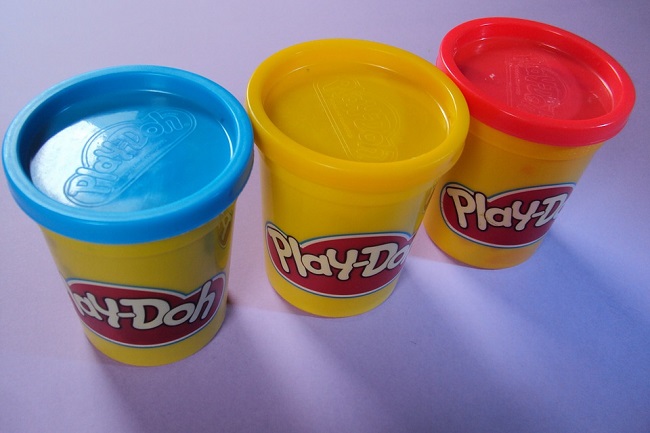The long awaited product demonstration has been accused of consisting of smoke and mirrors.
For a very long time, the industry has been waiting for the first Magic Leap augmented reality demonstration. There has been a great deal of secrecy surrounding the development of this brand’s technology. This has allowed the hype to build substantially over the many months.
The augmented reality demonstration has gone viral over YouTube, promising an astounding experience.
What was known about the tech under development was that Magic Leap augmented reality was going to be different from anything else out there. The company has been promising to change the way we think of AR. With such dazzling promises, it was clear that anything produced would not be on market shelves at any time soon.
This concept was only reinforced when beta testers were given access to early versions of the tech concept and were required to use a considerable amount of hardware just to make it work.
Now that Magic Leap augmented reality demonstrations have been made, the brand is facing stiff criticism.
Nobody assumed that the Magic Leap marketing would be precisely what consumers would be seeing when the hardware was produced. However, the company is now being criticized for going far overboard in their simulations. The public was promised an unbelievable experience and that’s exactly what the demo is suggesting might be the case – it’s not to be believed.
The video made to simulate what Magic Leap would have to offer included the work of a special effects firm. This set expectations very high and may make it very difficult for the brand to be able to deliver. The March 2015 viral video took in 3.5 million views. However, reports quoting former employees of the company revealed that the game illustrated in the video didn’t actually exist.
The demonstration of the current Magic Leap augmented reality experience is less than mesmerizing. As much as it is still advanced, impressive tech, it continues to rely on a large and clunky helmet that uses a number of cables to wire it to a powerful computer. The goal is to one day compress that tech to hardware that is more “spectacle-like”.

 In this way, the sixty-year-old brand is giving itself the opportunity to become more relevant among children who are accustomed to seeing a digital version of their playtime. This
In this way, the sixty-year-old brand is giving itself the opportunity to become more relevant among children who are accustomed to seeing a digital version of their playtime. This 